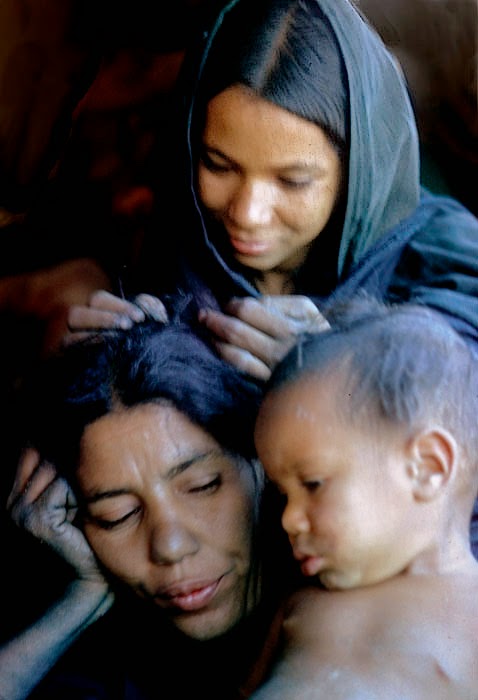Green-eyed Morochuco boy of Peru’s Pampa de Cangallo, near Ayacucho.
The Morochuco are a little-known Andean mestizo tribe that claims descent
from the followers of Diego de Almagro, companion-in-arms of Francisco Pizarro. As Inca gold
fueled the greed of the two conquistadors, they went to war against each other.
When Almagro fell in the hands of Pizarro’s men and was decapitated, Almagro’s
army went into hiding among Indians. Some of the men had Spanish wives. Others
took Indian wives.
Until 60 years ago or so,
Morochuco men wore long beards to distinguish themselves from surrounding
Indians. And to this day they ride horses and breed cattle, though lately they have
dedicated themselves more seriously to agriculture as well. They fought valiantly the Shining Path's terrorists.
I first photographed the Morochuco during a
1971 two-month horse ride in the Peruvian Andes. I visited them again in 2007.
To
view more Morochuco photos on this blog, write the word in the search
box.
All
the photographs of this blog are copyrighted.
No
usage permitted without prior authorization.









